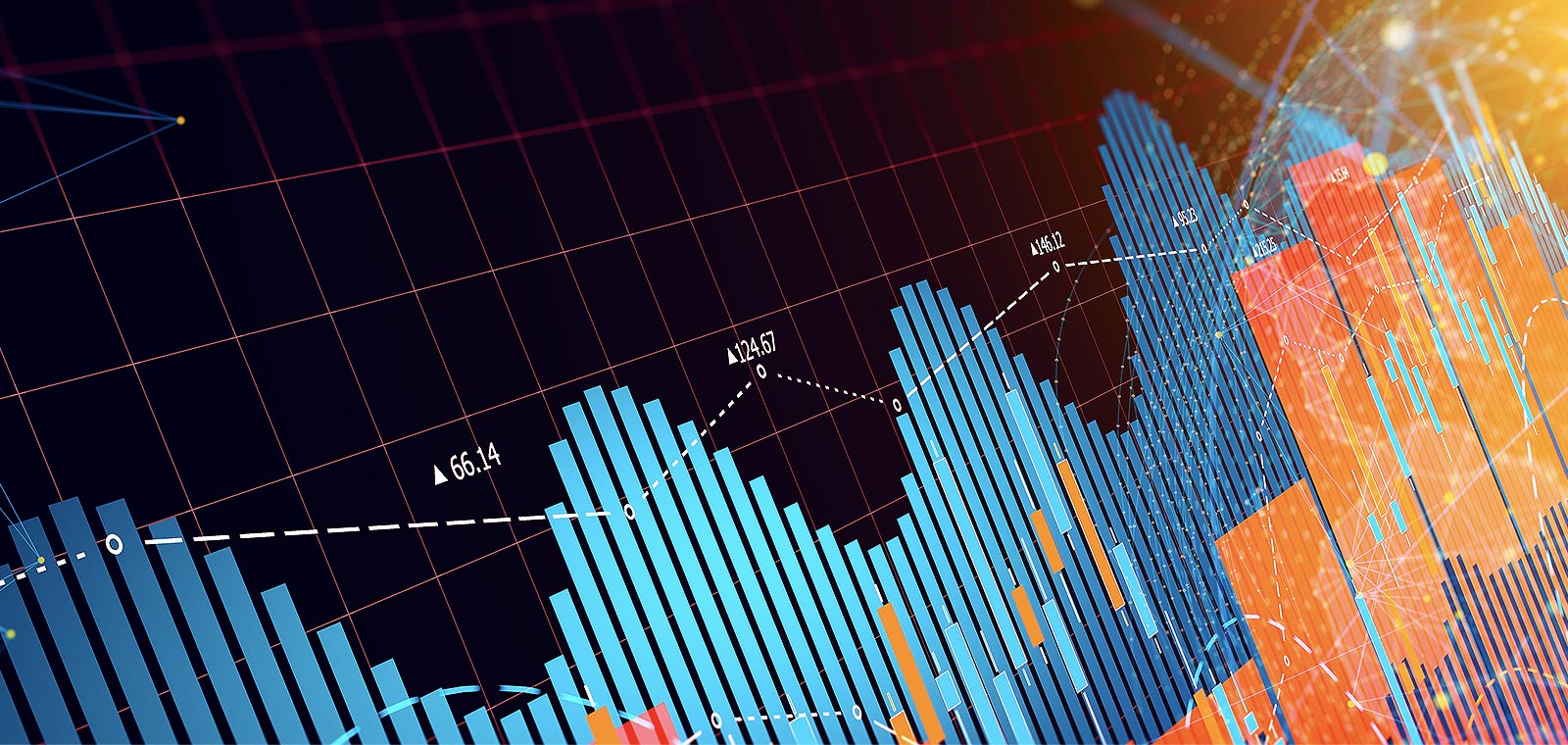by Jurrien Timmer, Head of Global Macro, Fidelity Investments
Key takeaways
- The correction continued through last week, and with the S&P 500 down 8%, on the surface so far it looks similar to the 8% correction in June. However, this correction has been more broad-based, driven by large tech and cyclicals alike.
- Are the FANG* stocks in a bubble and is a top forming in the US market? It depends how you look at it but in my view the bull market remains intact, driven by an early cycle expansion and abundant policy support.
- There is little doubt that the FANGs were in unsustainable uptrends driven by option (gamma) hedging. That is now getting unwound.
- Are we in a secular bull market? It sure acts like one but it's unknowable in real time. If so, the market math should continue to work in our favor.
- During secular bull regimes, the market has historically gone up 71% of the time, the percent of positive months, and the drawdowns have been shorter and shallower than average.
The correction in US equities continued last week, and so far, the 8% drawdown in the S&P 500 from the September 2 high of 3,588 to Friday's low of 3,310 bears a resemblance to the 8% correction back in June. That trading high was exacerbated by retail day traders, but I guess we can call this one the gamma peak, as it was exacerbated by call buying and the resulting gamma hedging in the underlying stocks. (Gamma hedging is when dealers buy stocks to hedge sales of options to investors.)
Read Viewpoints on Fidelity.com: Get to know the Greeks
Correction recap
With the correction now in its second week, measures of breadth and momentum are coming down as one would expect. The percentage of stocks above their 50-day moving average has declined from 83% 2 weeks ago to 54% last Friday.
The percentage of stocks above their 20-day moving average is down from 80% 2 weeks ago to 27%.
The gap between the "work from home" stocks (big growers) and the "reopening" stocks (laggards) is as wide as it has been during the COVID crisis and has barely budged since the latest correction started. Conversely, back in June, the spread narrowed as the market corrected. That means there are still just a few stocks that are pulling the market up. But those "top 10" stocks have now corrected 12% from the high.
In terms of valuation, the price-to-earnings (P/E ratio) has come down about 2 points in the past 2 weeks. Valuations remain lofty, but as I pointed out a few weeks ago, that is fairly typical right after cyclical bottoms.
The simple explanation is that the market discounts the future, which means that price bottoms before earnings. By definition, that means that the P/E will likely accelerate higher, until earnings bottom out and catch up to price. That should be happening very soon based on current earnings estimates.
Of course, another likely reason why valuations are where they are is because of the massive spike in liquidity caused by the extraordinary fiscal/monetary policy response. Despite uncertainty over whether a phase 4 of the CARES act will happen, the combined fiscal/monetary policy response has thus far been impressive and supportive of higher asset prices.
The 2 big questions right now
The big questions of course are whether the FANGs are in a bubble and whether the top is now in. If I draw an analog to the dot.com peak in 2000 and I measure it from the final acceleration point in October 1999, it sure looks like we are due for a peak.
However, if I start the analog from the Long-Term Capital Management (LTCM) Crisis bottom in October 1998 (which seems more reasonable in my view), there seems to be more room left.
One thing to remember is that the 1998–2000 parabolic period for the Nasdaq was rife with corrections of 10%–15%. (A stock can be considered to be in a parabolic pattern when the rate of positive change is increasing exponentially.) Per the chart below, I count 7 of them from the October 1998 low to the 2000 peak. So, on its own, the sharp correction of the past 2 weeks tells us very little about whether a lasting top is being formed.
Another dimension to the correction question is the secular context. The chart below shows a history of corrections and bear markets for the S&P 500, expressed as a scatter plot of the monthly low (horizontal) to the monthly close (vertical). It's a different way of showing not only the magnitude but also the duration of the various downcycles over time (this chart goes back to 1871).
In other words, if we are indeed in a secular bull market (as unknowable as that is in real time), then this too shall pass. It's worth remembering that during secular bull market regimes the market goes up 71% of the time, that is the percent of positive months, by an average of 1.5% per month. I think those are some good odds to have at our back.
About the expert

Jurrien Timmer is the director of global macro in Fidelity's Global Asset Allocation Division, specializing in global macro strategy and active asset allocation. He joined Fidelity in 1995 as a technical research analyst.

















